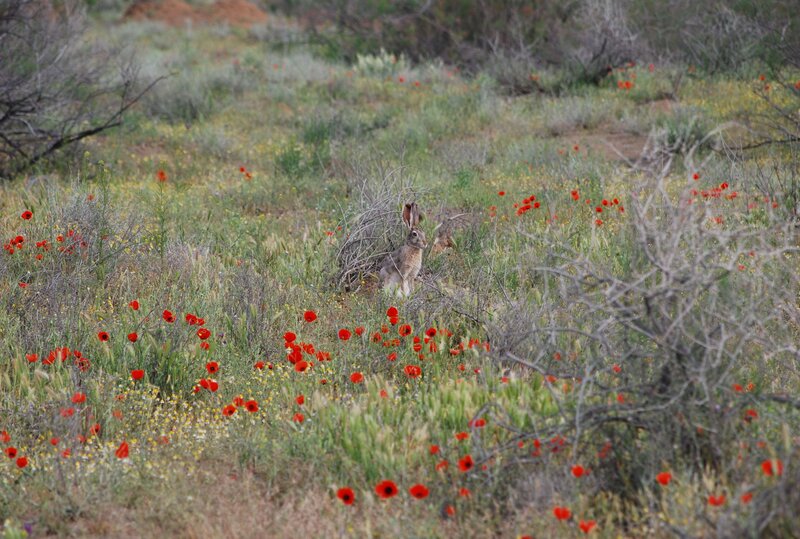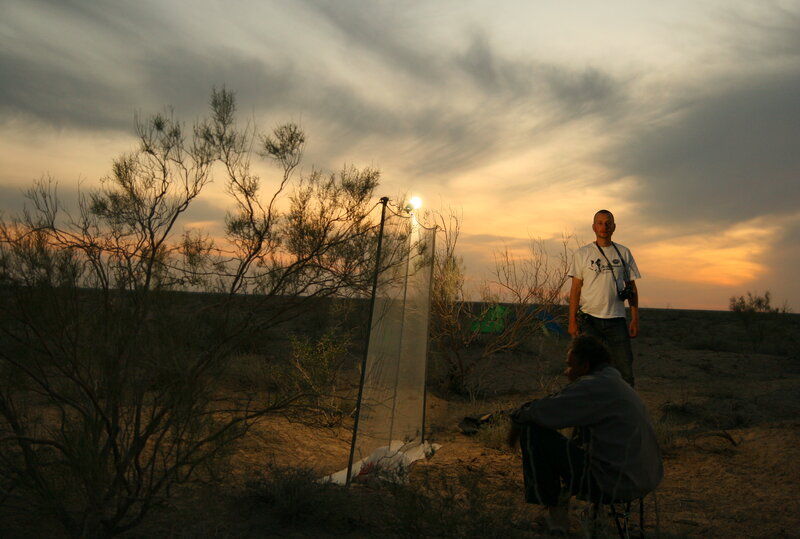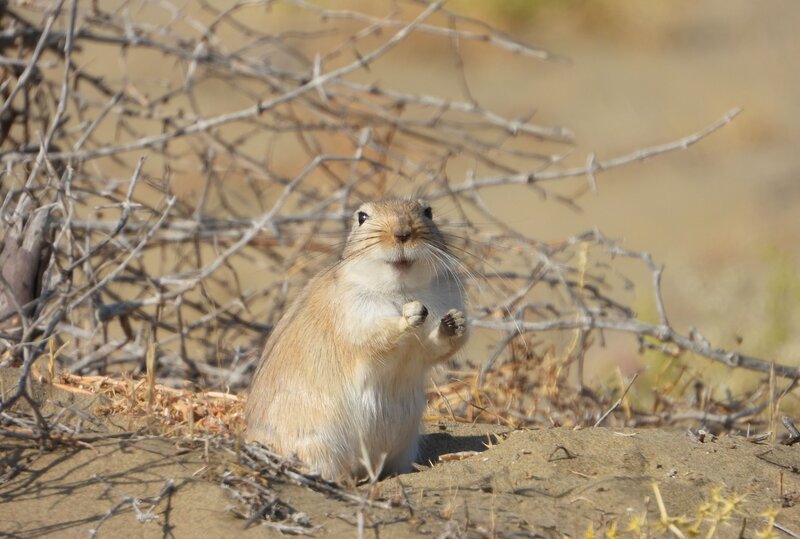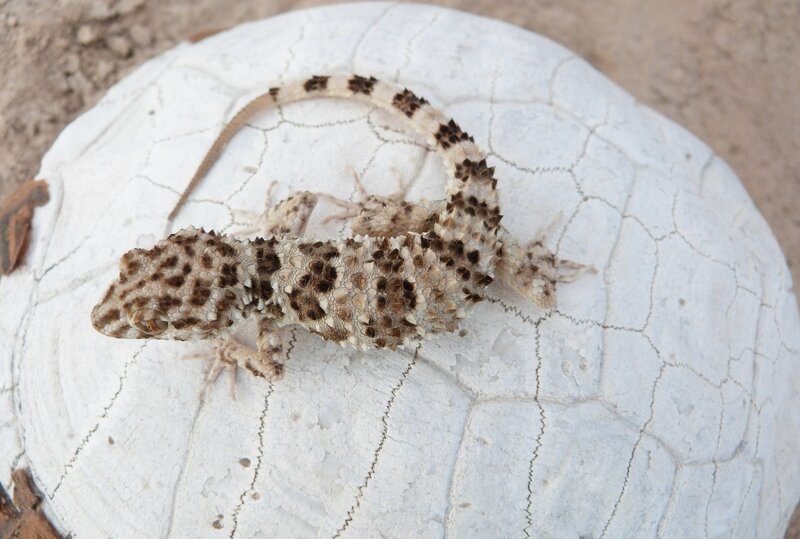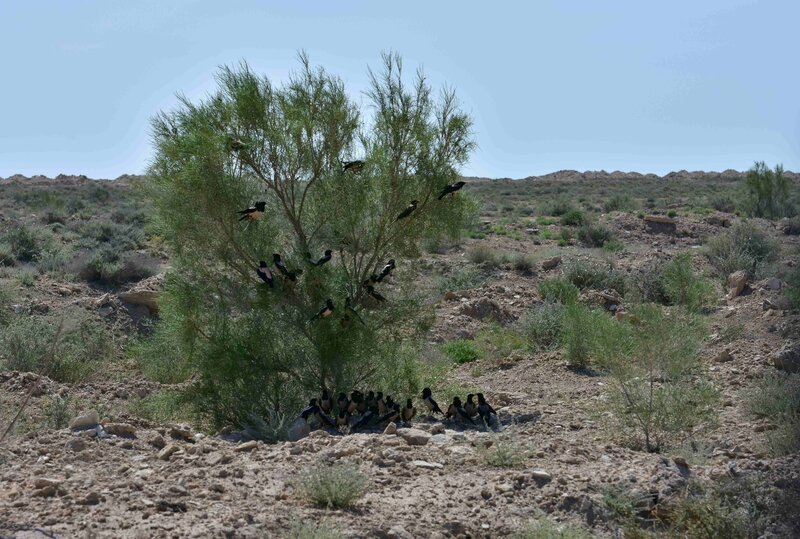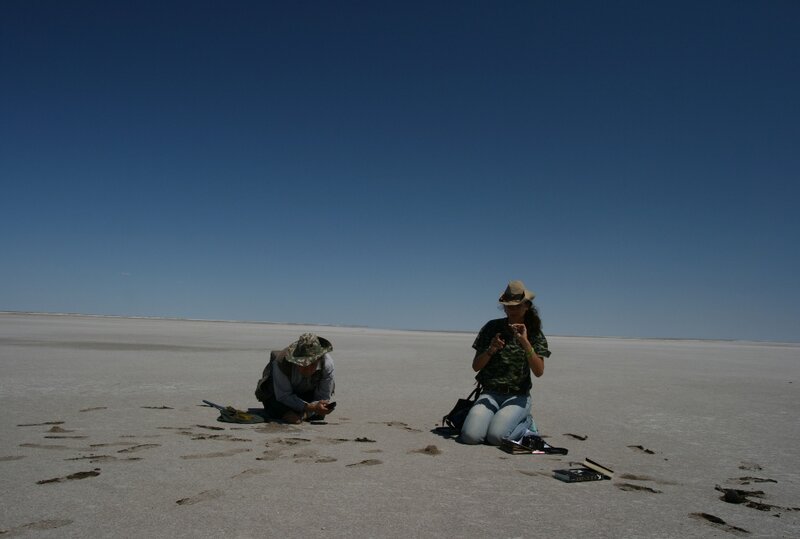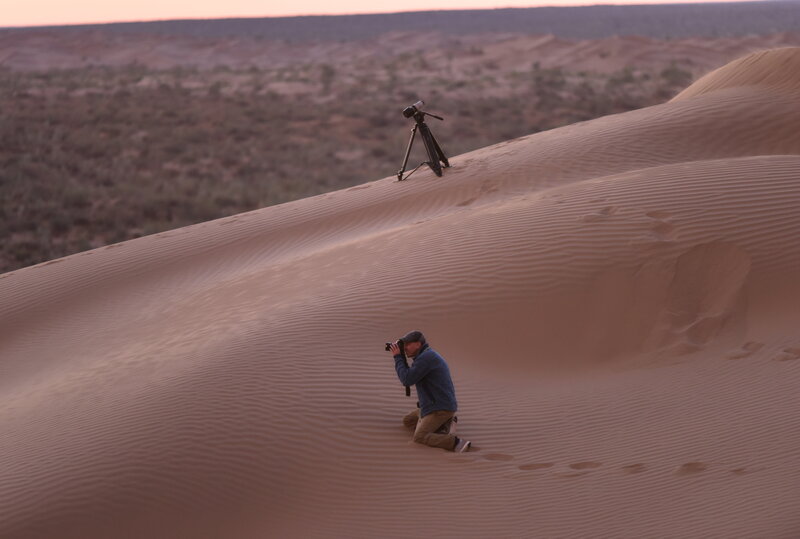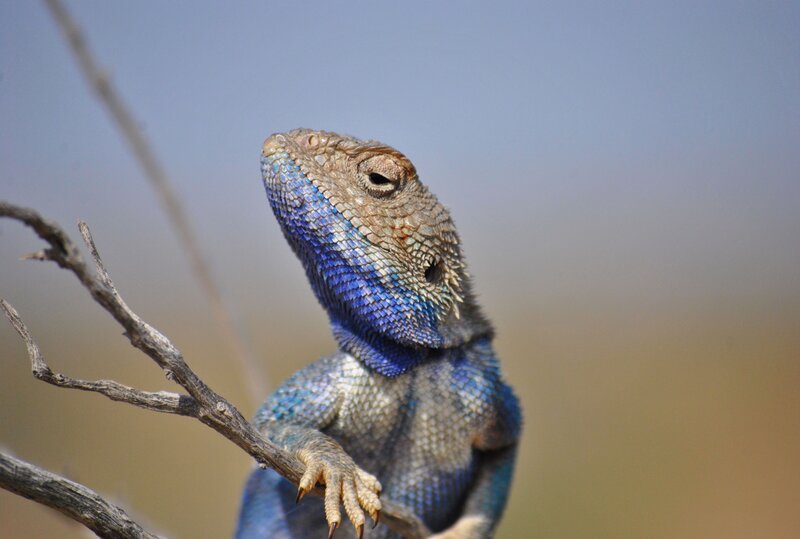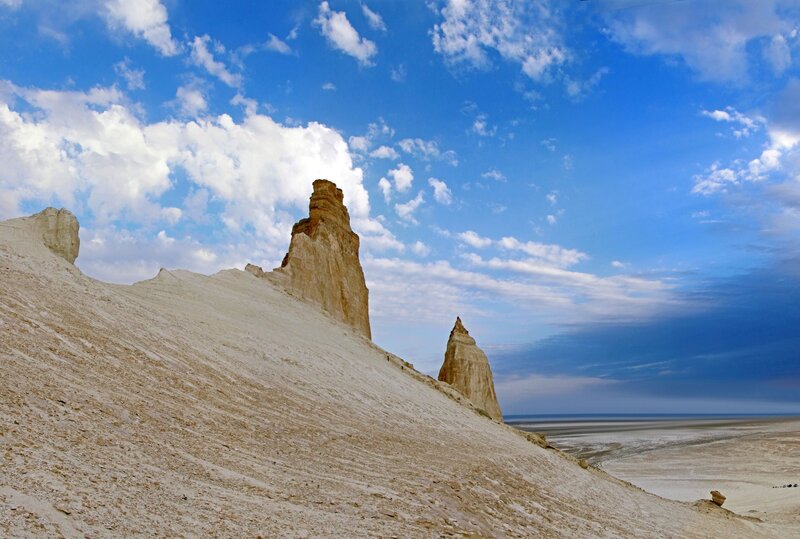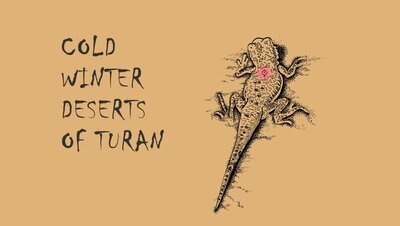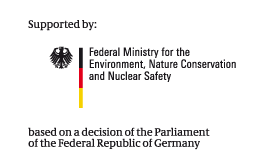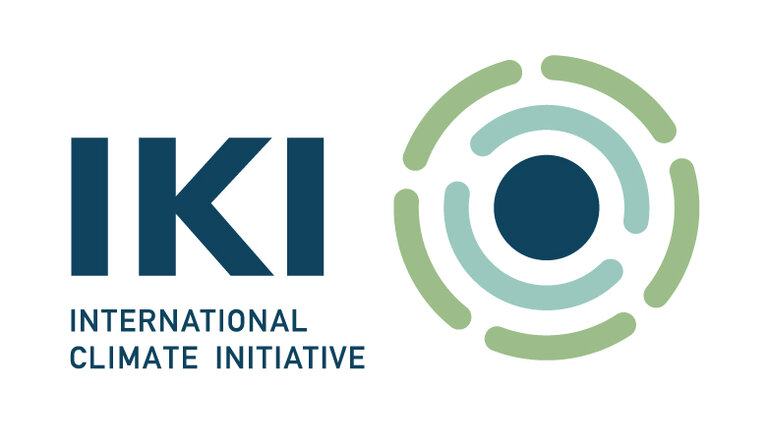Central Asian Desert Initiative (CADI)
Conservation and sustainable use of cold winter deserts of Central Asia
Background
The cold winter – or temperate – deserts of Central Asia are part of WWF Global 200 priority ecoregions, the global “hotspots” with the highest demand for common conservation efforts. Olson and Dinerstein (2002) assess the Central Asian deserts ecosystems as “critical or endangered (CE)“.[1]
The cold winter deserts are an important migration area for birds and the last wild herds of ungulates, such as the saiga antelope. The enormous land masses deliver a broad range of ecosystem services. These include important pasture grounds in the region’s arid and semi-arid drylands, fixing sediments and thus mitigating desertification processes as well as sequestering carbon. Despite their ecological importance, temperate deserts are one of the least recognized biomes worldwide. The temperate deserts are the only biome worldwide for which the UNESCO has not yet inscribed a World Natural Heritage site. Likewise, areas with nature conservation status in these deserts are clearly underrepresented and insufficiently managed.
Yet, the temperate deserts are threatened by degradation processes due to overexploitation of natural resources, inappropriate grazing practice, and large-scale infrastructure development. Signs of irreversible loss of habitats and species, some of them endemic and globally threatened, are becoming apparent. This detracts from a solid and healthy natural basis for human welfare in the whole region.
[1] Olson, D. M. and Dinerstein, E. (2002). The Global 200: Priority ecoregions for global conservation. Annals of the Missouri Botanical Garden 89, 199-224.
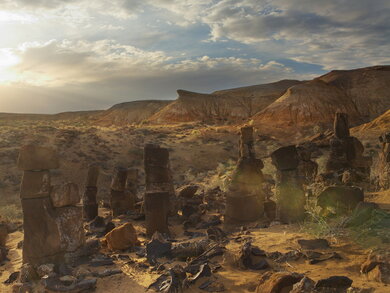
Central Asian Desert Initiative (CADI)
Conservation and sustainable use of cold winter deserts of Central Asia
Location: Kazakhstan, Turkmenistan, Uzbekistan
Duration: 07.2016 - 07.2022
Newsletter
Goal and results of the CADI project
Against this background, the overall goal of the Central Asian Desert Initiative (CADI) was the conservation and sustainable use of the cold winter deserts of Central Asia. The main target countries were Kazakhstan, Turkmenistan, and Uzbekistan.
The overall goal was achieved through the following outputs:
- Knowledge on biodiversity, ecosystem services, conservation status, and land use of the cold winter deserts accessed and disseminated;
- Multi-stakeholder-based sustainable land management for the desert biome exemplary introduced;
- Improved management of existing protected areas and designated new protected areas in the desert biome;
- Cold Winter Deserts of Turan nominated as UNESCO World Natural Heritage Site;
- Regional cooperation for conservation and sustainable use of cold winter deserts strengthened.
The CADI project has supported the main target countries to fulfill their obligations under the relevant international environmental conventions (UNCBD, UNCCD, UNFCCC as well as the CMS). In doing so, it has primarily contributed to the achievement of Aichi Core Targets 11, 15, and 19.
The planned establishment of an NGO "Regional Central Asian Desert Initiative Secretariat" in Uzbekistan is intended to continue and secure CADI's work in the long term.
Scientific publications:
Pavlenko, A. (2019): Ferula karakumica (Apiaceae), a new species from Turkmenistan
Project results:
Poster/ Calendar monitor lizard: uzbek | russian
CADI brochure #English #German #Russian #Turkmen
Posters on biodiversity in Ustyurt Pre-Aral region
Online Youtube channel „Vse Kak U Zverei“ broadcasts series on cold winter deserts:
#2 Lifehacks, that safe your life
Report on the CADI-biodiversity expeditions to Southern Ustyurt (Kazakhstan) 2017-2019
The project was implemented by the Succow Foundation, the University of Greifswald and the Food and Agriculture Organization of the United Nations (FAO) – Subregional Office for Central Asia together with a broad consortium of partners in the target countries.
The CADI project was part of the International Climate Initiative (IKI). Since 2022, the IKI is implemented by the Federal Ministry for Economic Affairs and Climate Action (BMWK) in close cooperation with the Federal Ministry for the Environment, Nature Conservation, Nuclear Safety and Consumer Protection (BMUV) and the Federal Foreign Office (AA).

Jens Wunderlich
World heritage, resource management, cartography
Tel +49 3834 45284 24
